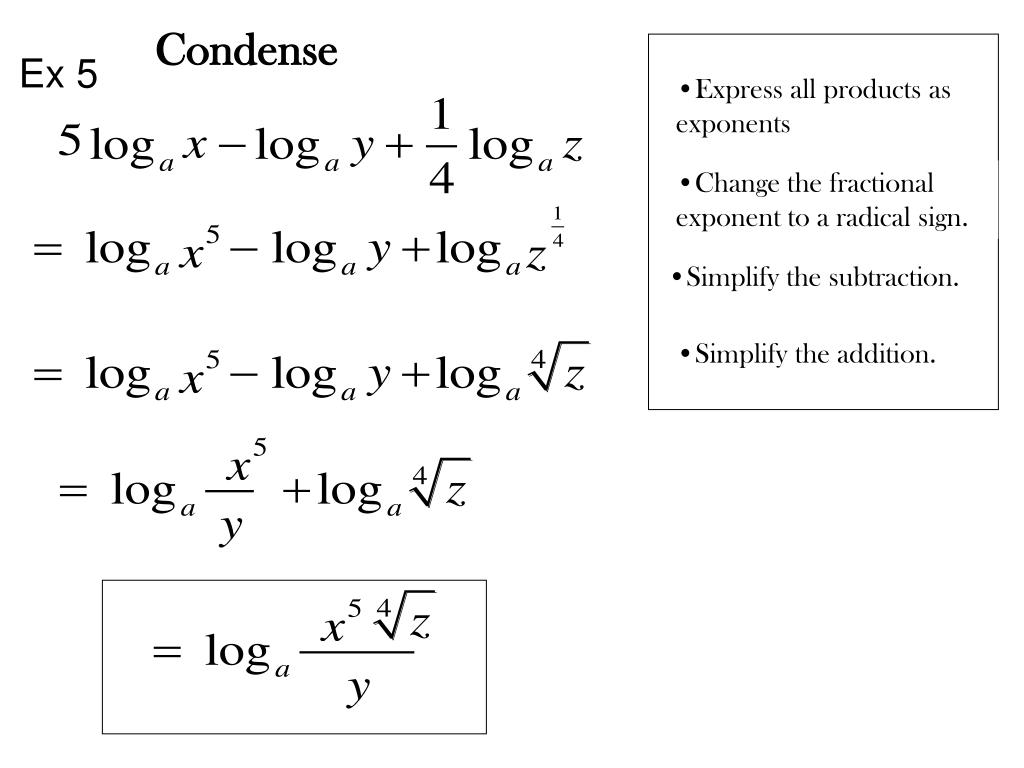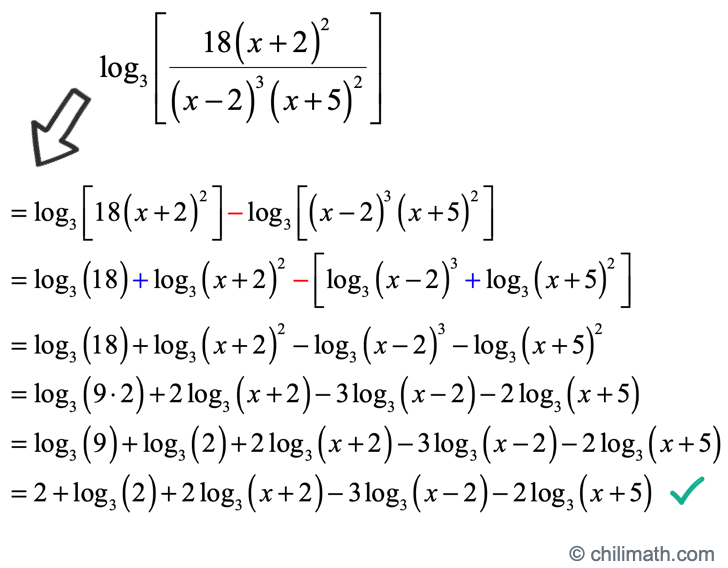

Log base anything of 1, is going to be equal to 0 because anything to the 0 power and we're not talking about 0 here. So log, base 100, of 1, is going to be equal to 0. If I set this to be equal to 'x', this is literally saying 100, to what power, is equal to 1? Well anything that a 0 power is equal to 1. What does this evaluate to? Well this is asking ourselves, or we would evaluate this as, "what power do I have to raise 100 to, to get to 1?" So let me write this down as an equation. That's one way to think about it, I'll put parentheses around the 1. 100 is a subscript so it's, log, base 100, of 1. What is log, base 100, of 1? I'll let you think about that for a second. Let's do a slightly more straightforward one, or maybe this will be less straightforward depending on how you view it. So when you evaluate this expression you say "what power do I have to raise 2 to, to get to 64?" Well I have to raise to the sixth power. So this right over here is 2 to the sixth power, is equal to 64. The exponent that I have to raise 2 to, to get to 64." So 2 to the first power is 2, 2 to the second power is 4, 8, 16, 32, 64. So what does this evaluate to? Well once again we're asking ourselves, "well this will evaluate to the exponent that I have to raise this base 2, and you do this as a little subscript right here. Let's say I had, I dunno, log, base 2, of 64.


So if someone says "what power do I have to raise 6 to- this base here, to get to 216?" Well that's just going to be equal to 3. So this is 6 to the third power is equal to 216. What will this evaluate to? Well we're asking ourselves, "what power do we have to raise 6 to, to get 216?" 6 to the first power is 6, 6 to the second power is 36, 36 times 6 is 216. So let's try a larger number, let's say we want to take log, base 6, of 216. Let's do several more of these examples and I really encourage you to give a shot on your own and hopefully you'll get the hang of it.
Condense logarithms radical how to#
Log, base 3, of 81, is equal to- I'll do this in a different colour. Uses worked examples to demonstrate how to use log rules to expand (or break apart) logarithmic expressions from one log with a complicated argument to many. Well what power do you have to raise 3 to to get to 81? Well let's experiment a little bit, so 3 to the first power is just 3, 3 to the second power is 9, 3 to the third power is 27, 3 to the fourth power, 27 times 3 is equal to 81. The power I need to raise 3 to to get to 81. Expand Factor Exponents Logarithms Radicals Complex Numbers Linear Equations Quadratic Equations Rational Equations Radical Equations Logarithmic Equations Exponential Equations Absolute. This website uses cookies to ensure you get the best experience. To do it this way, to say that 'x' is the power you raise 3 to to get to 81, you had to use algebra here, while with just a straight up logarithmic expression, you didn't really have to use any algebra, we didn't have to say that it was equal to 'x', we could just say that this evaluates to the power I need to raise 3 to to get to 81. Practice Logarithms, receive helpful hints, take a quiz, improve your math skills. But you didn't necessarily have to use algebra. Why is a logarithm useful? And you'll see that it has very interesting properties later on. So if you want to, you can set this to be equal to an 'x', and you can restate this equation as, 3 to the 'x' power, is equal to 81. What would this evaluate to? Well this is a reminder, this evaluates to the power we have to raise 3 to, to get to 81.

So with that out of the way let's try more examples of evaluating logarithmic expressions. This is saying "hey well if I take 2 to some 'x' power I get 16'." This is saying, "what power do I need to raise 2 to, to get 16 and I'm going to set that to be equal to 'x'." And you'll say, "well you have to raise it to the fourth power and once again 'x' is equal to 4. Log, base 2, of 16 is equal to what, or is equal in this case since we have the 'x' there, is equal to 'x'? This and this are completely equivalent statements. Now the way that we would denote this with logarithm notation is we would say, log, base- actually let me make it a little bit more colourful. And this is what logarithms are fundamentally about, figuring out what power you have to raise to, to get another number. So for example, let's say that I start with 2, and I say I'm raising it to some power, what does that power have to be to get 16? Well we just figured that out. We know that we get to 16 when we raise 2 to some power but we want to know what that power is. But what if we think about things in another way. 2 multiplied or repeatedly multiplied 4 times, and so this is going to be 2 times 2 is 4 times 2 is 8, times 2 is 16. If I were to say 2 to the fourth power, what does that mean? Well that means 2 times 2 times 2 times 2. So we already know how to take exponents. Notice that the resulting terms are logarithms of products.Let's learn a little bit about the wonderful world of logarithms.


 0 kommentar(er)
0 kommentar(er)
